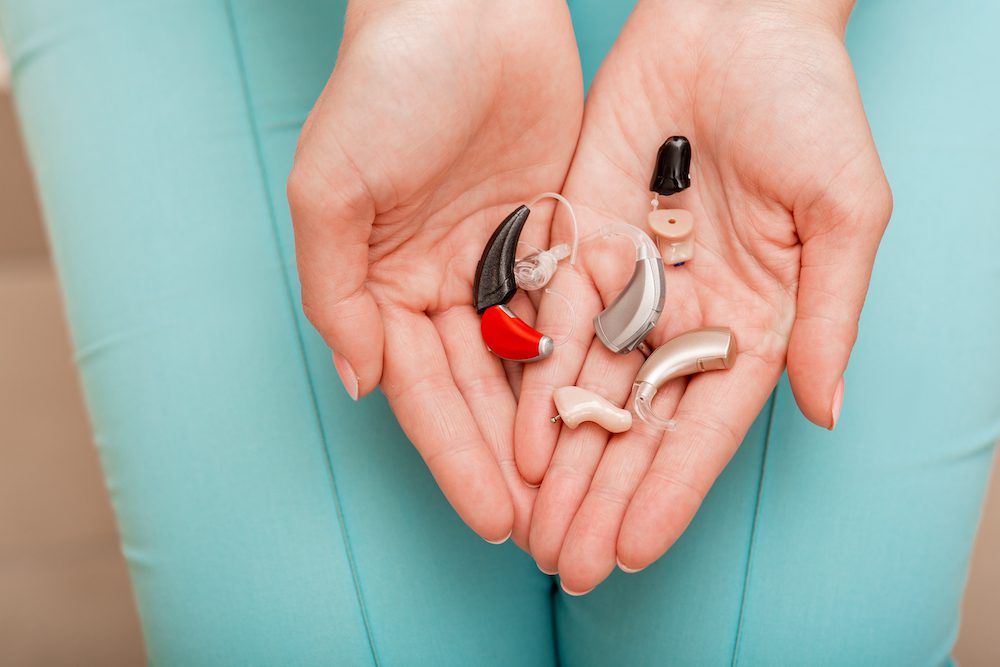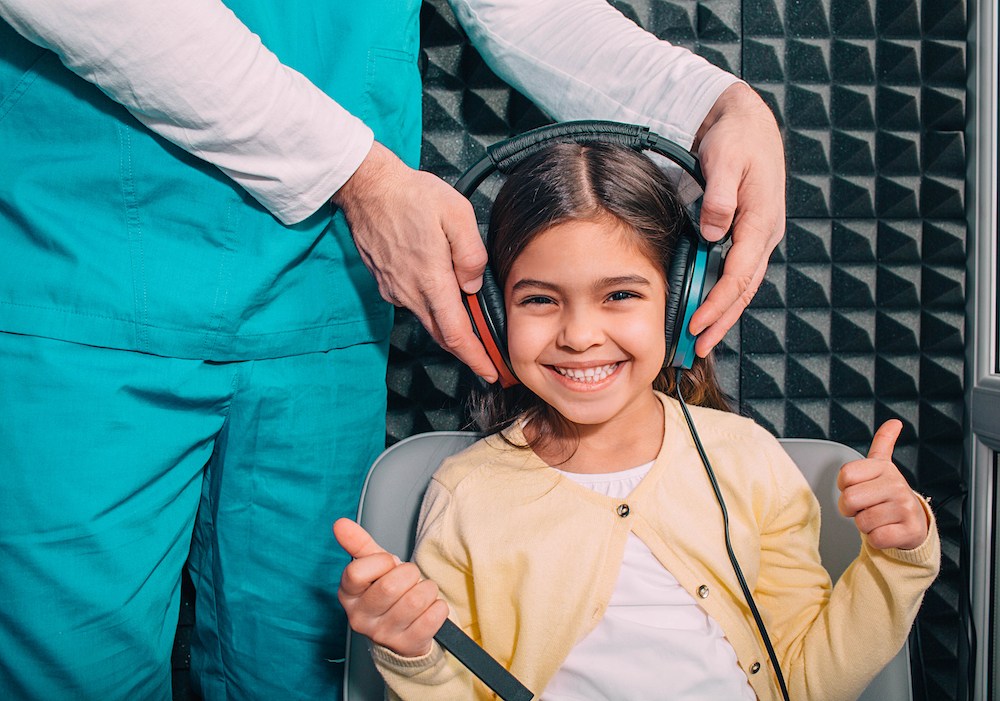Maximizing Your Hearing Aid Experience: Advanced Features You Didn’t Know About
Diving into the world of sound with your new hearing aid is a thrilling

By: admin | December 19, 2022
There are many different types of hearing aids on the market, and it can be confusing to work out what each of the types is – and what is best for you. An audiologist will be able to talk you through the best options for your needs. In the meantime, here is a breakdown of the difference between over-the-counter (OTC) hearing aids, personal sound amplification products (PSAPs) direct-to-consumer devices and more.
Most often, they are referred to as OTC hearing aids, and they are a device approved and regulated by the FDA. The aim of OTC hearing aids is to help adults with hearing loss that is categorized as self-perceived mild to moderate. While, in theory, they are great and might help people who have mild hearing loss to access hearing aids, there are some issues.
Self-fitting hearing aids are referred to as SFHAs and are sound-amplifying devices. An SFHA is designed for someone to be able to measure their own hearing loss, install the device or devices, and program them themselves too. There is no medical involvement here from a doctor, an audiologist or other trained professionals. This is a newer product with limited market presence and has many of the same issues as the OTC hearing aids.
Hearing loss can come in unison with diminished cognition, and that can make the device much more difficult to use. Familiarity with the devices and how to operate and adjust them is critical in using SFHAs. Professional assistance is what will make the difference in the ability to use SFHAs.
You may see PSPAs advertised as being able to help you hear better in loud environments, but they are not hearing aids. Instead of compensating for hearing loss as a hearing aid would, they are more of a wearable that increases the volume.
PSAPS are sound amplifiers that are often used in situations like listening to lectures at a distance, bird watching and hunting. They are also known for suppressing noise, too, like subway trains and airplanes. A PSAP has a microphone, receiver, and amplifier – the receiver picks up the sound and amplifies it so that people with normal hearing can hear sounds louder. People with hearing loss may purchase a PSAP, hoping that it will improve hearing, like a hearing aid.
The difference between a PSAP and a hearing aid is that a PSAP amplifies everything, which means distinguishing between sounds can still be difficult. Hearing aids are calibrated to ensure that speech and background noises are heard correctly and reduce the barriers that people with hearing loss have with differentiation.
You may have heard of watches that can track bodily functions like heartbeat, steps, blood oxygen and more – they are referred to as wearable. Hearables are things like in-ear headphones, but also hearing aids that double up as fitness trackers.
Hearables usually have the following features:
Hearables, while they can improve the sound quality of what you are watching or listening to, will not improve everyday hearing. While some of the features are like that of hearing aids, they are not calibrated to individual needs and may mask the early signs of hearing loss.
It is also possible that some hearables can amplify the wrong sounds and cause damage.
The one thing that all of the products above have in common is that they are not designed for individual needs. They are not calibrated to compensate for the right amount of hearing loss, and they are not designed with a person’s fit in mind. Prescription hearing aids are expertly fitted and calibrated to meet the needs of the wearer.
While the other hearing products may help some people, many do not have the adjustability the real hearing aids have. What this means is that when you get hearing aids fitted by an audiologist, the hearing technology will be exactly what you need – and when you need adjustments, your audiologist can help you with them. All other hearing tech does not have the same support.
If you want to discuss your hearing aid options, call (816) 205-7220 for a chat with Quality Hearing & Audiology Center.
Tags: faqs, over-the-counter

Diving into the world of sound with your new hearing aid is a thrilling
By: admin | February 24, 2024

Have you noticed changes in your hearing and want to understand the
By: admin | December 28, 2023

Living with hearing loss can have an impact on your mental wellbeing.
By: admin | November 25, 2023
